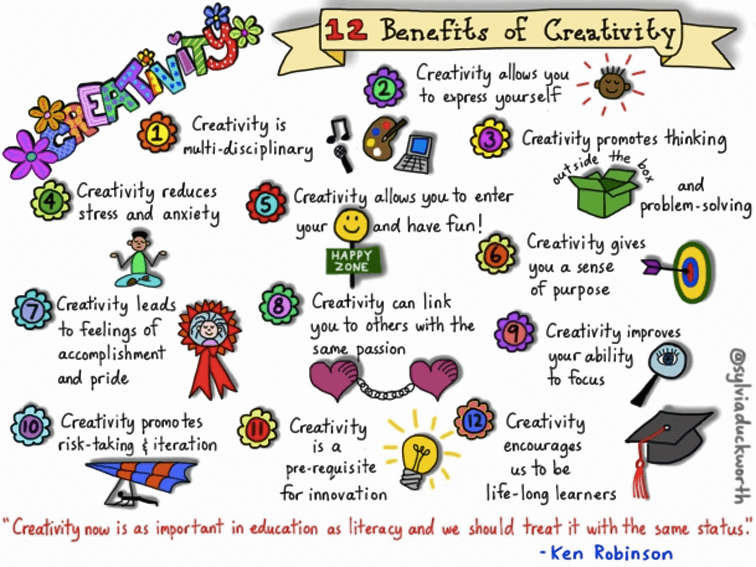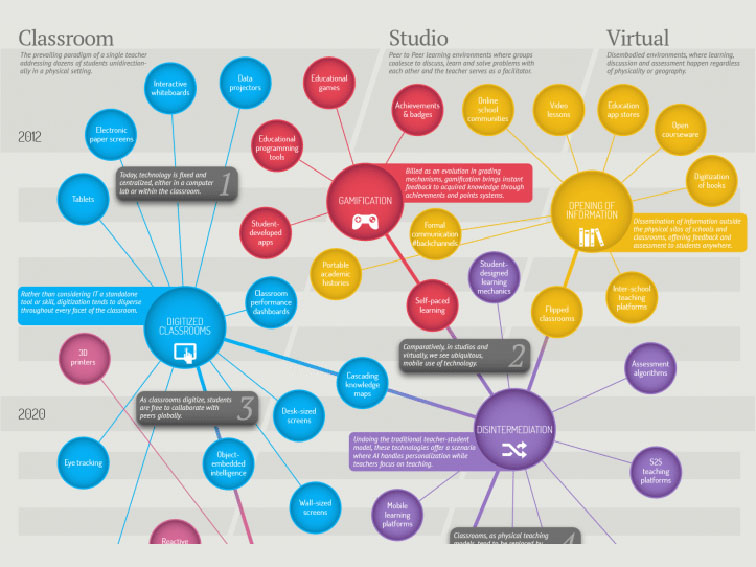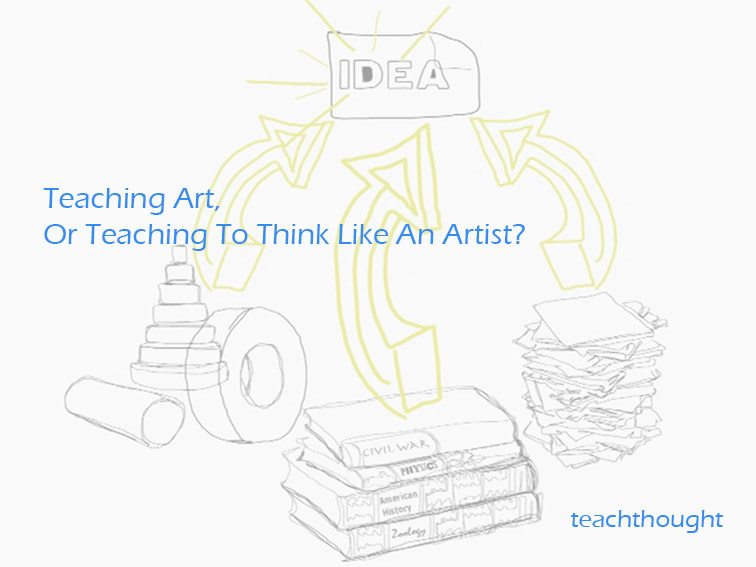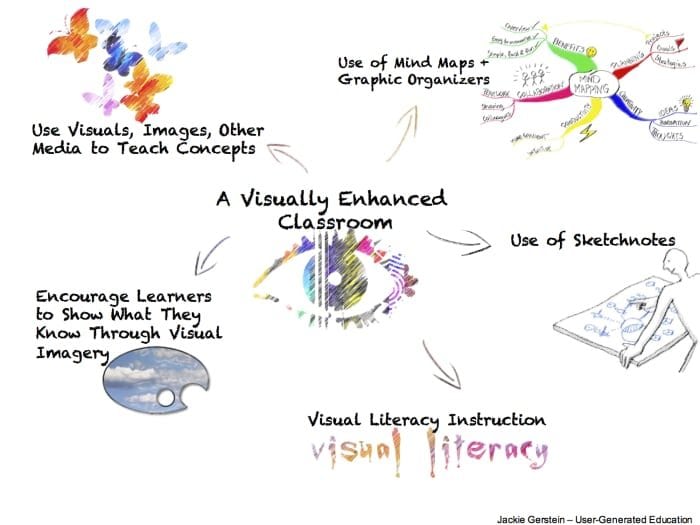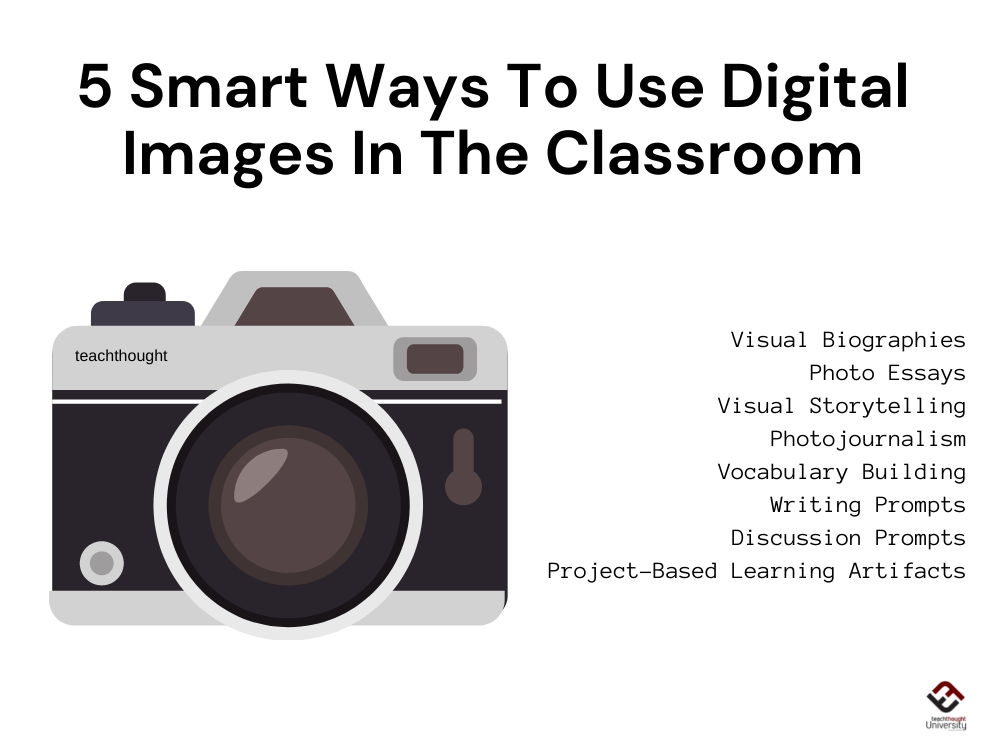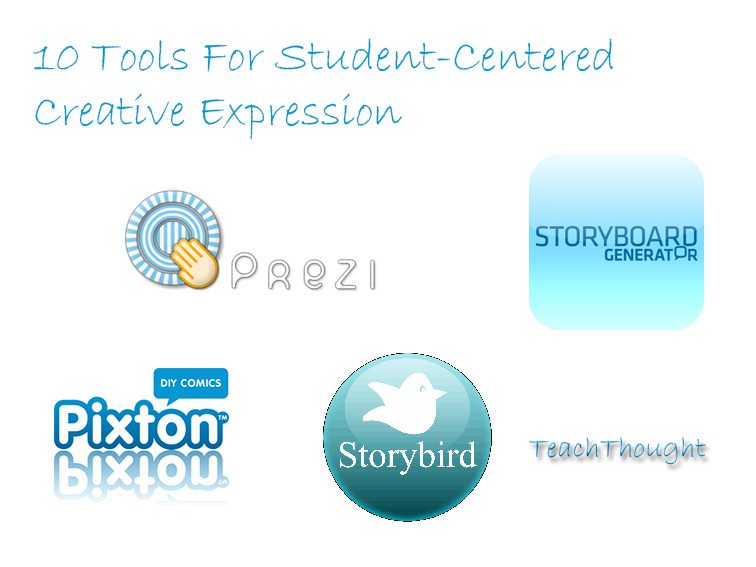Tag: Creativity
The Significant Benefits Of Creativity In The Classroom
Creativity in the classroom is another form of play, and play is universally important to each individual’s sense of joy and well-being.
11 Ways To Reduce Creativity In Your Classroom
It’s not merely the closed-mindedness of fixed belief that can hold students back: it’s also the convenience of habit, the laziness of…
Drawing Ideas: The Benefits Of Mindmapping For Learning
Mind-maps allow teachers to gain insight into their students’ thought processes and see the development of their work.
Teaching Art, Or Teaching To Think Like An Artist?
Should we teach content or thinking? Put another way, should we be teaching art or teaching students to think like artists?
8 Strategies To Make Learning Visual In Your Classroom
Sketchnotes, graphic organizers, visualizing data, and art are just a few strategies to make learning visual in your classroom.
5 Smart Ways To Use Digital Images In The…
In any course, images can be a useful tool for students to build on vocabulary while also providing examples for concept attainment.
Opportunities For Creativity In Your Teaching
Quantity matters in creativity. Generate as many ideas as possible, alone and collaboratively. (Ideally alone first, then together.)
20 Of The Best Tools For Creativity In The…
Because students necessarily create things with digital tools and images, the resulting creative expression is inherently student-centered.
